2010 | Berlinale Shorts
With Open Eyes
Once again this year the Berlinale Shorts shed the conventional language of film and, in many cases, position themselves “between the arts”. We talked to section curator Maike Mia Höhne about taboo subjects and the storytelling possibilities offered by the short format.
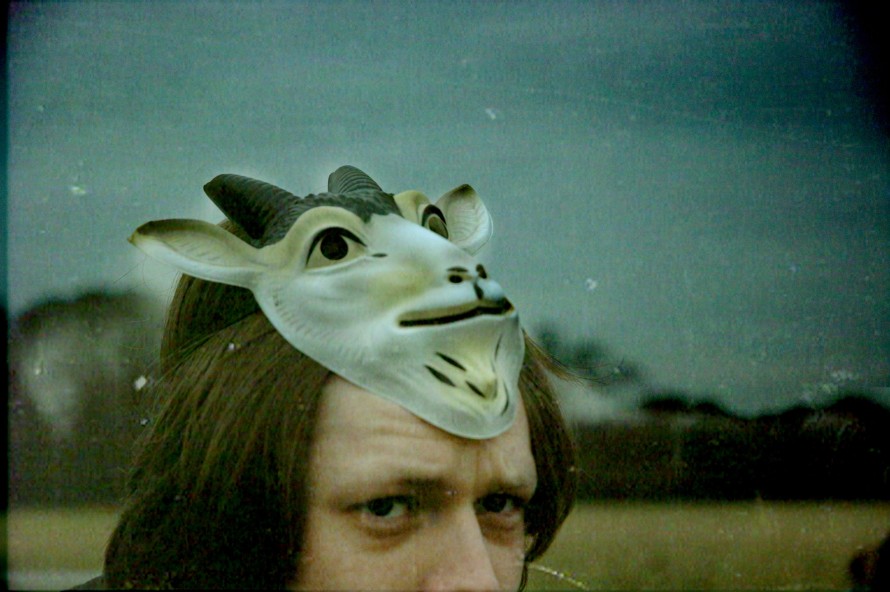
Photos of God by Paul Wright
The Berlinale Shorts are so diverse that they are difficult to categorize and are always a source of hidden surprises. This is one of the things that makes them so appealing. How do you manage to group so many different cinematic forms together in programme slots?
Primarily I curate according to my feeling and combine the films in the programme based on association. The challenge is the high degree of complexity in the films. With all their formal and thematic abundance, these films require time and space. Sometimes seeing two films alone provides enough conversation material following the screening. We’re trying to counteract the danger of being overwhelmed by the abundance in that we are, for the first time this year, organizing special film discussions in the Arsenal – alongside a balanced programme. The era of the narrative joke of the aughts is over. The exception proves the rule: 12 Jahre (12 Years) has a wonderful script and has more than just a joke up its sleeve.
Can you identify anything specific that distinguished this year’s selection process and the submitted films from those of previous years?
At first glance, one definitely notices a successive increase in the number of submissions over the past few years. Nonetheless, only a manageable number of films play a role in the final decision-making process. That doesn’t mean that the others were bad. Many films simply don’t fit the format we want in our programme. One could also say that there is a trend towards longer films. Apart from that, one can also see that things made economically viable thanks to video, such as trying out many different perspectives or angles, are found in current film productions. This becomes especially apparent in the Retrospective PLAY … SHORT! | 1&2, in which the films are often just half the length of those made today, yet employ very different cinematic language: the length given to storytelling was constrained by the material. Parachute from 1985/86 is a textbook example of the economy of shots that is indispensable for the story and at the same time comprises the core and unique character of this short film. When compared to the films of today, this difference becomes all the more noticeable.
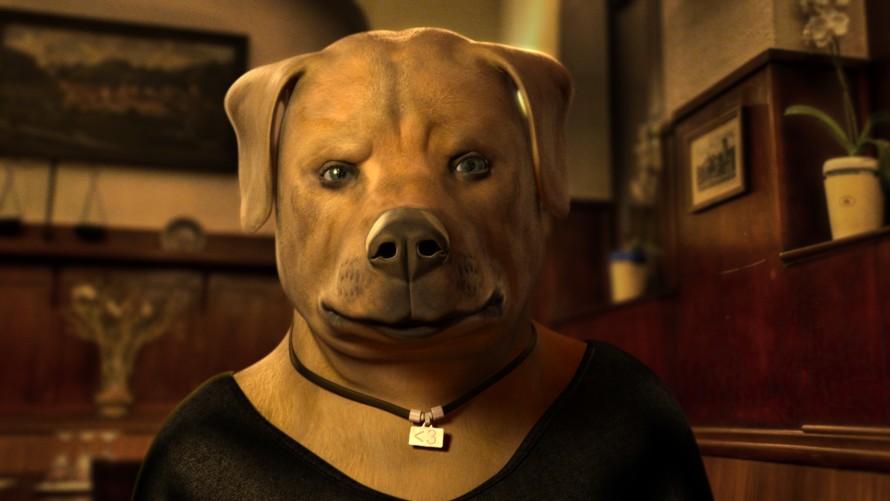
12 Jahre (12 years) by Daniel Nocke
To me, many films seem to display an unease or insecurity about the idea of expressing a purely rational view of the world. Sometimes you see this very clearly, as in Math Test, often in much subtler ways, as in In the Air, Out in that Deep Blue Sea or Yellow Moon. Could the motto of this year’s Berlinale Shorts programme, or even a motto for the section in general, lie in this demonstration of alternative points of view?
Surely, one can identify an opening up of the gaze, away from a rational perception of the world as a thread that runs through the programme. This applies both to the formal as well as the thematic approaches of the films. Colivia (The Cage) from Rumania is surely one of the most traditional films in terms of its realization, nonetheless a gem – all the more so for this reason: with subtle cinematic means the film shows us the development of communication channels within a family. Starting from here, one follows a path towards an opening up towards alternative cinematic possibilities and variations. This happens in most the films on most levels. Formally and thematically, but also from a wider perspective which looks towards the future with hope. Unplay, for example, reveals its own approach in a very changed moral position towards feminism, and breaks away from and rethinks its own categories.
Resolute Forms
Despite all the many different themes and aesthetic processes, the formal stringency, with which most of these films have been made, is very noticeable. Is the fact that stylistic consistency is easier to achieve one of the great advantages of short film?
Perhaps one should think about this discussion less in diametric terms. The question, really, is to what extent this contradiction is constructed – also in awareness of one’s own artistic position, out of which certain forms or cooperations appear necessary and others unnecessary. For example the Israeli director Avi Mograbi is, with his essayistic documentaries, one of those who also consistently think differently about the long form. Herein lies the potential to categorically think outside the box, to see formats freed from their traditional forms. As a whole I would like the programme to address the limits of cinema, and concentrate on films that explore this periphery, in order to give them space within the Berlinale. Compared to Forum Expanded, which is about very different transgressions, the Berlinale Shorts films remain in the cinema and want the cinema.
Surely, there are also conventions that determine a film. Doesn’t the associative dynamic and opening of perspective work in Out in that Deep Blue Sea precisely thanks to its short format that has no need to lead the viewer by the hand through the story? Doesn’t Incident by a Bank show, through its concentration beyond classical narration, a stringency that would be difficult to maintain in a feature-length film?
Exactly. Here I also think of Photos of God by Paul Wright, a film that develops almost explosively due to its visual intensity. How much narration a film needs in order to go beyond a certain length is an interesting question in general. And the quality of a short film such as Out in that Deep Blue Sea or Yellow Moon also lies in the fact that these films know exactly when they should end.
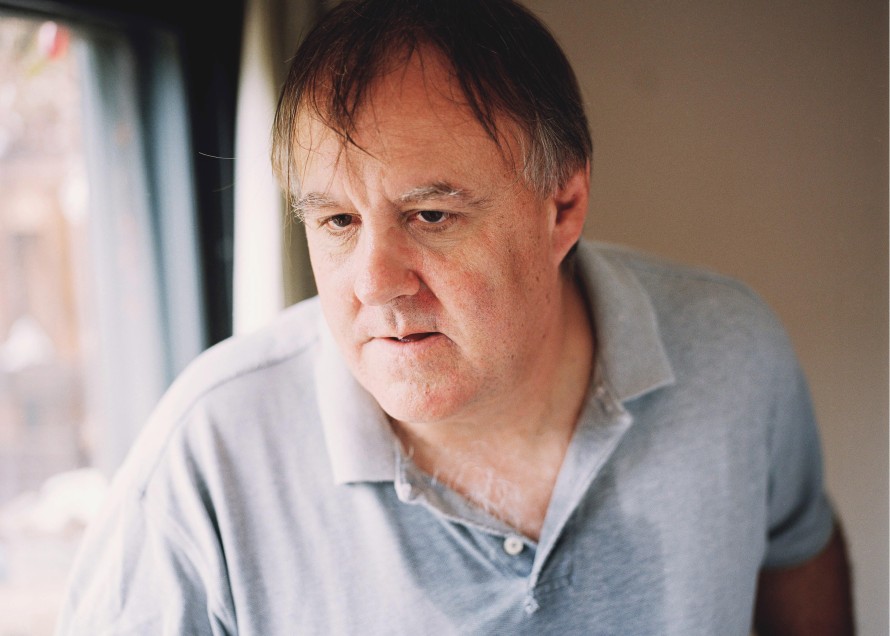
Out in that Deep Blue Sea by Kazik Radwanski
Looking at the selection of films, several approaches I noticed last year reappeared as a new variation in this year’s programme. I’m thinking, for example, about the compilation film Long Live the New Flesh, which raises similar questions about medial materiality, as did Pure last year. Are you deliberately bringing back this topic, or is that a submission that was simply so good in terms of quality, that it had to be included in the programme?
Both are true: the theme is current and shows up in the films: every year there are a number of “found footage” films, that with their very own aesthetic which is inherent to the material, approach the issue of materiality in all its complexity and narration with scissors in hand. The Belgian artist Nicolas Provost will be represented at the Berlinale for the first time in 2010. Parallel to the festival, his works will also be shown in the Haunch of Venison gallery in Berlin. Long Live the New Flesh and Pure which ran last year, take a similar path both aesthetically and thematically. Both arrive at a visual explosion and thoroughly conjugate the issue of violence.
The directors of Derby (Paul Negoescu) and Out in that Deep Blue Sea (Kazik Radwanski) has been guests of Berlinale Shorts several times…
That’s true and I’m very happy about it. Paul Negoescu is getting stronger and stronger and even more reduced. Thematically, similar to Out in that Deep Blue Sea, his film raises decisive questions about the life of a middle-aged man in just a single scene. Through concentrated collaboration between the director and the actors the film raises questions on where you are in your life, what’s your place in society. Work with actors is especially noticeable and consistently good in the case of the Rumanian directors. Rehearsals with the actors often go on for weeks. This lends the films an unbelievable intensity. Out in that Deep Blue Sea is different again. The film develops the strong image of a person in a situation, in which he is confronted by himself. And so at the same time it manages to get the viewers to reflect upon themselves. All of this is through the staging, the decision to create very specific scenes during which the conflicts erupt in a visual language, which is even stronger compared to Princess Margaret Blvd. last year. The cinema motifs draw a picture of an existential condition that is basic to being human.
Films such as these draw me into their world, but then leave me with all the evocations they trigger. Not so much through long narration, but more through their cinematic motifs they draw a picture of an existential condition that is basic to being human. For this reason I am very glad that this year the film discussions in the Arsenal offer us an opportunity to discuss with the filmmakers. The entire trilogy by Kadzik Radwanski to which Out in That Deep Blue Sea belongs, will be shown at the Canadian Embassy followed by a panel discussion, enabling exchange.
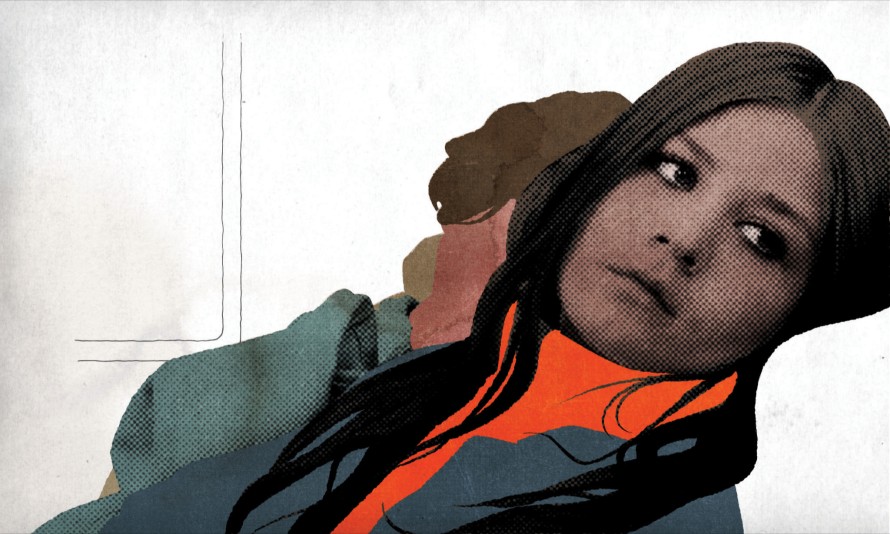
Tussilago by Jonas Odell
Beyond convention
In the case of many films with a documentary approach, one notices that they try to escape the classical conventions of documentary depiction. Tussilago, for example, works with very artistic, illustrative, imaginative forms. What inspires this special type of representation?
I think that formats like Tussilago by former Berlinale winner Jonas Odell (Golden Bear 2006 for his short film Aldrig som första gangen!), which bring together illustrative elements with documentary forms are very close to current, popular trends in children’s book illustration. I see this type of transferal of form as a way of looking at socio-political phenomena. This very strong film, in formal terms, works with two-dimensional, visual layers and paper collages, resulting in a special feel. The choice of a collage aesthetic can also be seen in connection to Odell’s work in the genre of music videos. Besides, Tussilago has a very strong theme. For me this film is a document, that describes with great nonchalance a very problematic mentality, which dominated the discussions of the 1970s. And he finds wonderfully laconic images for political demonstrations of solidarity and armed resistance.
The Japanese entry Aramaki by Isamu Hirabayashi has a clear connection to performance art and, rather than relying upon explanation, challenges but also activates the viewer. Yet the audience is denied straightforward access. Was this done on purpose, or does it endanger challenging the viewer too much?
I don’t believe that one can challenge the viewer that much. There is a strong desire amongst the audience to see something new. It’s not about liking all of the films – it is about the quality of engagement. Our audience brings this quality with them and that makes both the screenings and discussions so exciting. And that’s also what the filmmakers bring back home with them – and what leaves an unbelievable impression on them and gives them strength to make more films.
Aramaki is surely quite demanding, but will kick off the carnival of the Berlinale Shorts films with an appropriate introduction. The film clearly employs performative forms, and translates these cinematically within a short film. It manages, with few means – also financial - to develop its story through images and the direct performance. This film is performance art, a reduction and a film, whose stylistic material is justified from start to finish and always precisely positioned. One has to engage oneself with this concentration – that’s the challenge for the viewer and I always manage to immerse myself. In order to then delve into a film like Giardini di Luce (Garden of Light) by Davide & Lucia Pepe. They made an ethnographical film about a festival for a saint in southern Italy. In terms of form, they decided to experiment and that makes this film so special: we see Barqoue images in the sky, which we would never have seen without the artistic position of the two siblings.
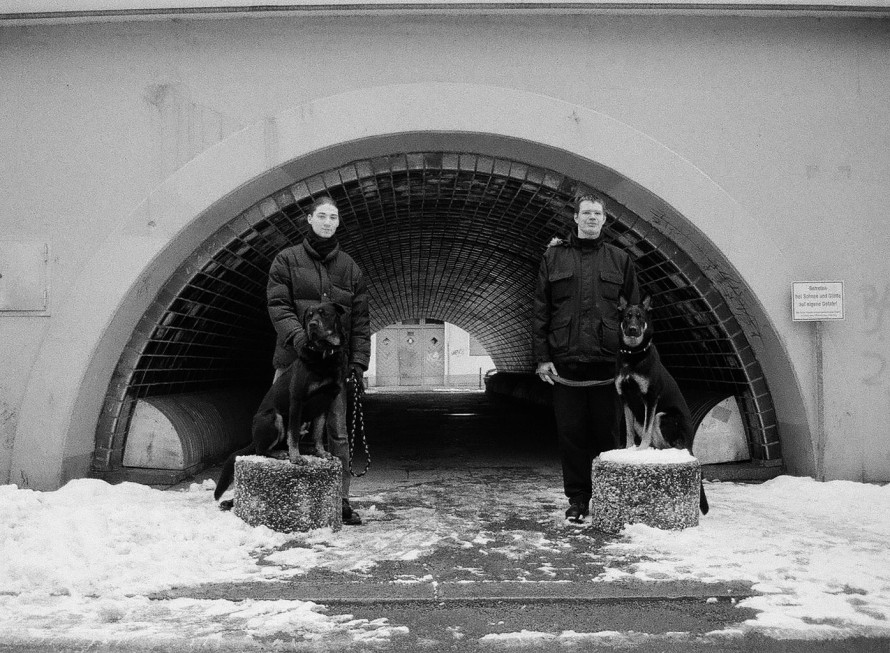
Geliebt (Be Loved) by Jan Soldat
Formally, Geliebt (Be Loved) orients itself towards documentary. Was it included in the programme because it addresses the taboo subject of love between people and animals. Or were there other reasons?
Geliebt is a sparse, very reduced, concentrated documentary. For me, its strength lies not in its breaking of a taboo, but in the calm, concentration and reduced nature of the framing – especially in its treatment of such a potentially explosive topic. With its protagonist at the fringes of society, one is reminded of Ulrich Seidel. Jan Soldat, student of directing at HFF in Potsdam-Babelsberg observed his protagonist at eye level and he made a downright warm film about a difficult topic which comes with the pressing questions of the responsibility of society, loneliness and love. The protagonists of Geliebt lets the young Jan Soldat, and therefore us, the viewer, indirectly, get surprisingly close. The relationship between person and animal is debatable. Just as debatable are the questions that arise that need to be asked by society.
So it’s less a film about perversion in the relationships, and more about the intent to look for trust lost in our society somewhere else…
Yes, certainly. The stories of the protagonists are less shocking than they are unbelievably saddening. They tell us about social dead ends. The film is very strong and mature in formal terms and therefore can be incorporated into the festival well. The documentary quality is what makes the film so stirring. If it were staged, the discussion would be very different. We want films that move us, that make us think, that go to the limit, that make us feel.